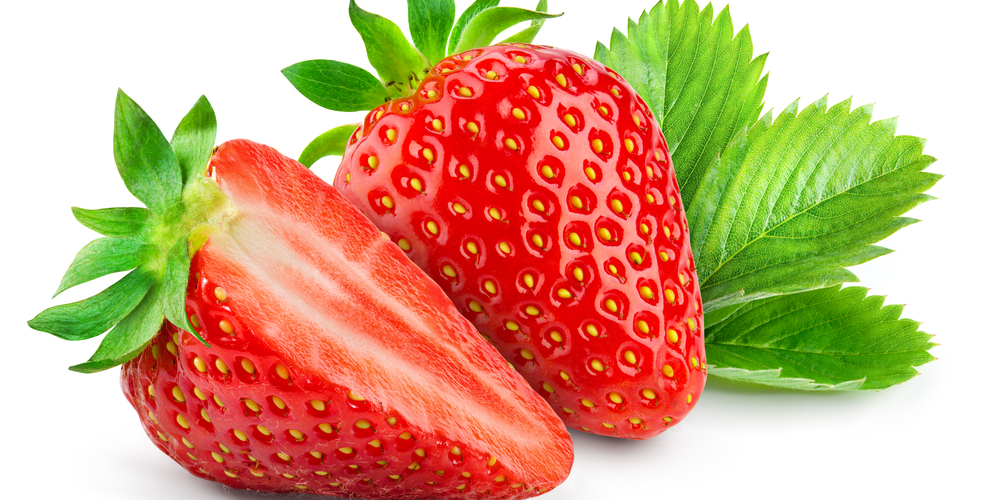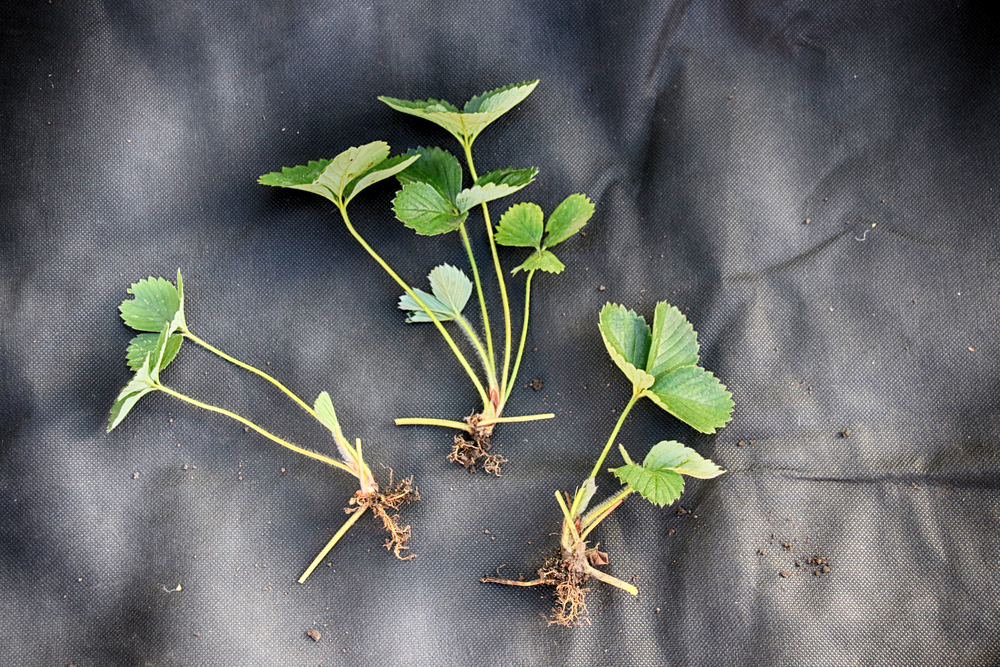Strawberries are a popular fruit that can be grown worldwide. They are relatively easy to grow, but there are a few things to consider before planting a crop of strawberries. It’s important first to understand the USDA zone for your state and learn about how to care for the plants. Let’s look at how to grow strawberries in Texas.
USDA zone
As Texas is a large state, it covers many different areas and planting zones. The state covers USDA zones 6a to 9b. In the coldest places, frost is common in winter, and temperatures can fall to as low as -5 degrees F. While in warmer zones, winter is mild, and temperatures can be as warm as 20°F.
Northern areas of Texas have a colder climate, and regions such as Amarillo, Plainview, and Lubbock have cold winters. In USDA zones 6a, you’ll need to grow strawberries annually and plant them yearly or find a cold, hardy variety to grow as a perennial. Examples of plants that can cope with cold weather include Rosie strawberries. You can also grow strawberries in a planter and move them into a greenhouse for overwintering in the winter.
Dallas, Fort Worth, Big Spring, and San Angelo are located in USDA zone 8a. In these areas, the winters are slightly warmer, and you don’t need to be worried that your plants will be killed off by frost. In these areas, strawberry plants are easier to grow and will fruit annually if planted in the right conditions and are well cared for.
Finally, the south of Texas has much warmer weather in the winter and hotter summer temperatures. Gardeners in areas around Austine may need to provide extra water for strawberries in the hot summer months. A shade cloth can also be used to protect your plants at the hottest times of the day.
Soil
When it comes to the soil for growing strawberries, you’ll want a nice and fertile loam with a pH level of 5.5 to 6.5, which is slightly acidic. This will provide your plants with the nutrients they need to grow big and healthy berries and prevent any nutrient deficiencies further down the line. You can do a soil test to determine the pH of your soil and amend it if necessary by adding manure, compost, or potting soil.
Watering
Strawberries can handle some dry spells here and there, but they need to be watered regularly. Aim to provide between 1 to 1.5 inches of water each week, evenly distributed so that your plants always get the same amount of water. This will ensure that your plants are hydrated and can take in the nutrients from the soil without any problems.
How to grow strawberries in Texas
With the above factors in mind, it’s time to start growing your own strawberries. To begin, you’ll need to pick out a spot that provides plenty of sun exposure throughout the day. This is important not just, so your plants stay healthy but also so that they’re able to ripen their berries as much as possible.
Once you’ve chosen your spot, you’ll need to prepare the soil by tilling or amending it with plenty of organic materials. This will help to provide your plants with all of the nutrients they need and also promote good drainage and aeration in your soil.
Once the soil is ready, you can plant your strawberries. Each plant should be spaced about 12 inches apart from one another. This will help them to compete for resources without any issues, ultimately leading to healthier and more abundant berries.
There are many varieties of strawberries which can be grown as a perennial plants. The following do well in Texas:
- ‘Chandler’ strawberry plant
- ‘Douglas’ strawberry
- ‘Camarosa’
- ‘Sequoia’
- ‘Festival’
- ‘Camino Real
- ‘Benicia’
- Oso Grande’
- Also, try growing ‘Radiance’ strawberries
To care for your strawberry plants, you’ll need to provide plenty of water, especially during the hot summer months. Strawberries are also susceptible to various pests and diseases, so be sure to watch out for any problems, such as red leaves and take measures to address them immediately if they do.
Conclusion
If you follow these steps, you’ll be well on growing healthy and beautiful strawberries in Texas. After planting strawberries, it can take about three months for the plants to produce fruit.

